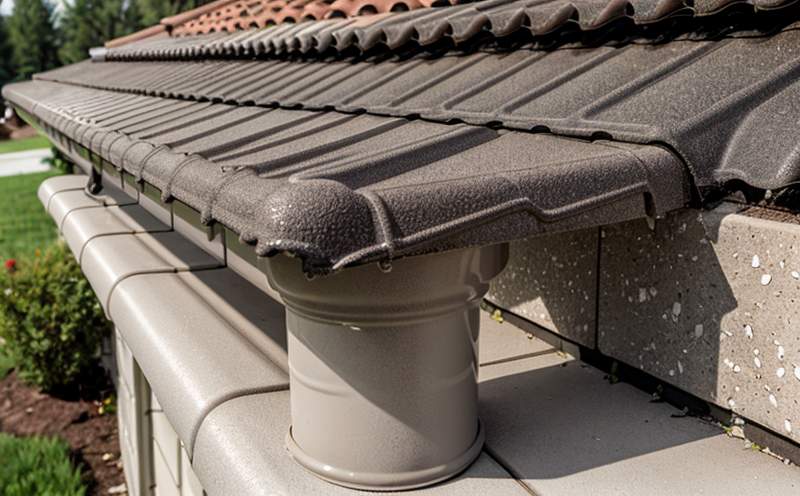Gutter and downspout inspection
The integrity of a building's exterior drainage system is crucial for its durability, energy efficiency, and overall value. Gutter and downspout inspections are essential to ensure that these components function effectively in preventing water damage and maintaining the aesthetic appeal of the structure.
Water management plays a significant role in the longevity of any construction project. Properly designed gutters and downspouts redirect rainwater away from the foundation, reducing the risk of water infiltration into walls and floors. This not only mitigates the threat of mold and mildew but also helps to maintain structural integrity.
Gutters and downspouts are typically made from materials such as aluminum, copper, or PVC, each with its own set of advantages and considerations for performance and durability. Aluminum gutters offer a balance between affordability and corrosion resistance, while copper provides unmatched longevity but at a higher cost. PVC is often used where aesthetics are more critical due to its versatility in matching various architectural styles.
The process of inspecting gutters involves examining them for signs of wear, damage, or blockage that could impede water flow. Common issues include clogged leaves and debris, rust or corrosion, sagging or misaligned sections, and improper slope. Regular inspections are necessary to identify these problems early, preventing more extensive and costly repairs.
Inspectors use a variety of tools for this task, including telescopic poles, ladders, cameras, and specialized cleaning equipment. These tools allow them to access hard-to-reach areas without compromising safety or structural integrity. Properly trained personnel are essential in conducting these inspections effectively.
The frequency of gutter and downspout inspections varies depending on environmental factors such as climate, exposure to salt spray near coastal regions, and the type of material used. In general, inspections should be conducted at least twice a year, especially after significant weather events like heavy rain or snowstorms.
Scope and Methodology
| Parameter | Description |
|---|---|
| Gutter Inspection | Evaluation of the condition, alignment, and functionality of gutters. |
| Downspout Evaluation | Assessment of downspouts for blockages, damage, and proper function. |
| Material Analysis | Determination of material type and age to assess remaining life expectancy. |
| Water Flow Monitoring | Measurement of water flow rates through gutters and downspouts. |
| Cleanliness Check | Evaluation of debris accumulation within the gutter system. |
| Structural Integrity Test | Assessment for signs of rust, corrosion, or other structural issues. |
The methodology employed in gutter and downspout inspections involves a detailed visual examination supplemented by specialized tools. This approach ensures thoroughness and accuracy, providing reliable data for decision-making. By adhering to strict protocols, inspectors can provide clients with comprehensive reports that outline current conditions and recommend necessary actions.
Industry Applications
In the construction industry, gutter and downspout inspections are vital for ensuring compliance with building codes and standards. Many jurisdictions have specific requirements regarding the design and maintenance of exterior drainage systems to prevent water-related damage.
For architects and designers, understanding the performance characteristics of different materials can influence their selection processes. By specifying materials known for durability or aesthetic appeal, they contribute significantly to the overall quality of construction projects.
In the field of property management, regular inspections help in maintaining building assets efficiently. This proactive approach not only reduces maintenance costs but also enhances tenant satisfaction by addressing potential issues promptly.
Competitive Advantage and Market Impact
Gutter and downspout inspections offer several competitive advantages in the construction market. Offering this service demonstrates a commitment to quality assurance, which can set businesses apart from competitors.
The demand for such services is growing as more clients prioritize sustainability and energy efficiency. By providing reliable inspection reports, companies can help ensure that buildings are not only compliant but also optimized for performance. This aligns with broader industry trends towards green building practices and sustainable construction methods.





